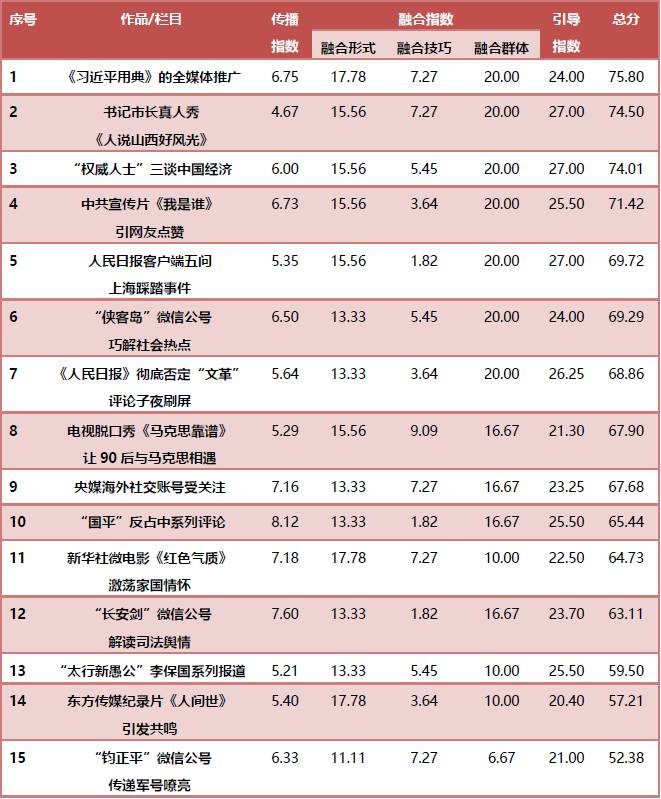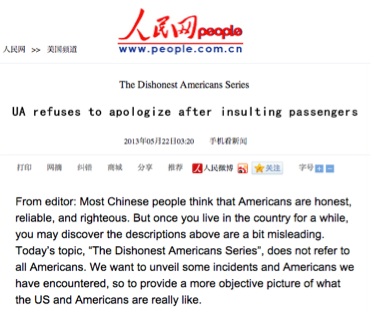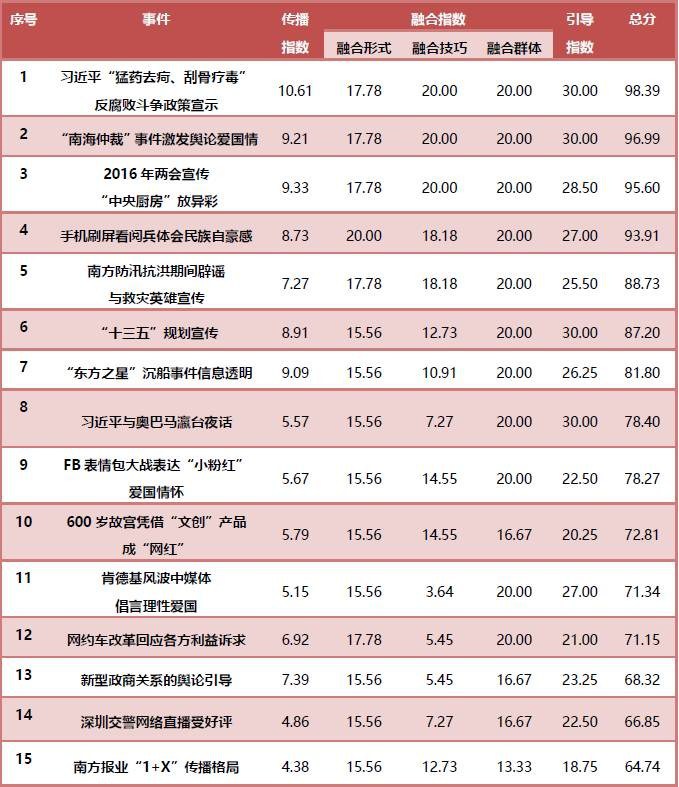Representatives from government departments, state media, and industry met at the 2016 Media Convergence Development Forum in Shenzhen last week to discuss “media convergence” (媒体融合). The concept implies not just the integration of traditional and new media, but also the merger of information control with technological innovation, driven by the Chinese Communist Party. From David Bandurski at China Media Project:
The theme of the forum, hosted jointly by the official People’s Daily and Shenzhen’s municipal Party committee, is “responsibility and mission” (职责与使命), a reference to President Xi Jinping’s February 19 media speech, in which he said:
Media workers must always bear in mind their responsibility and mission in news and public opinion work, firmly upholding the correct political orientation and basic principles, raising the level of news and public opinion work, raising the communication force, guiding force, influence and credibility of the Party’s news and public opinion.
This “responsibility and mission” is the convergence of control and innovation. As Xi Jinping said in the same speech, all media are “surnamed Party,” and all must follow the Party’s line. But it is not enough to avoid committing fouls. Media must steadily seek product innovation as well, ensuring not just the dominance but the attractiveness of “the Party’s news and public opinion.” [Source]
Bandurski notes that February 19 was also the day the People’s Daily launched its “‘central kitchen’ (中央厨房), or media hub, approach to news and content production.” The “central kitchen” provides a repository of “media convergence” materials—going hand-in-hand with new restrictions on the use of social media and independently produced content by news websites.
People’s Daily, a co-organizer of last week’s forum, used the occasion to release two “Chinese Media Convergent Dissemination (融合传播) Impact Lists” put together by its Public Sentiment Monitoring Unit:
This list comprises the 15 best examples and 15 best works/columns of convergent dissemination across all media platforms, summed up in terms of three criteria: the scope of incident dissemination, degree of convergent dissemination, and effect of public opinion guidance. They were combed through by the People’s Daily Online Sentiment Monitoring Unit over the past two years of news propaganda for major incidents and topics, starting in August 2014 with the proposal of media convergence by the Central Leading Group for Comprehensively Deepening Reforms. [Chinese]
The criteria above are used in a numerical scoring system in both lists. Included on the list of “exemplary cases of convergent dissemination” is praise for “news transparency” when a cruise ship sank in the Yangtze River last June. “Compared to the prejudiced and radical public opinion incited by the earlier Wenzhou high-speed rail crash, the government responded in a timely and organized manner to the ‘Oriental Star’ incident,” one Monitoring Unit analyst wrote. The July 2011 Wenzhou train crash went viral on Weibo, as victims, reporters, and millions of other users posted images of the cars being being buried less than 24 hours after the accident occurred. Five years on, the rise of WeChat and a crackdown on influential Weibo users (“Big Vs”) have subdued “citizen media” reports there, while traditional media coverage has also been reined in, with occasional exceptions. Authorities restricted access to the scene of the Oriental Star’s capsizing last year, as revealed by leaked propaganda directives from June 1 and June 8, 2015.
The Monitoring Unit also praised the “little pinks,” nationalist-leaning netizens who have scaled the Great Firewall to troll the likes of Taiwanese president Tsai Ing-wen, Hong Kong star Denise Ho, and Lady Gaga. “From the ‘March 14’ Tibet riot, the ‘little pinks’ have showed a strong and emotional variety of patriotism, refuting Western negative information to discredit the Chinese government.” By acknowledging the little pinks, the Monitoring Unit indicates their role, however informal, as part of the media convergence structure. The pinks had earlier received praise from the Communist Youth League, an organization that under Xi Jinping is reportedly being reformed to steer online public opinion among Chinese youth.
CDT has translated the two lists below. Links have been added for context:










